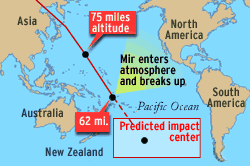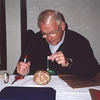This picture shows MIR's anticipated arrival zone. MIR did splash down within this predicted zone.
Courtesy of the Russian Space Agency
Space Stations Galore
News story originally written on March 29, 2001
This is a special week for space stations! The Russian space station MIR entered
the Earth's atmosphere, breaking apart and burning up. MIR came down on March 23, 2001, ending its 15 year mission.
Most of the station burned up upon re-entry. The pieces that did not burn up completely, fell into the Pacific
Ocean. No one was hurt by these falling pieces. So, this week saw the end of the MIR space station.
But, Russia's work on space stations is far from complete. The 2nd crew of the International Space Station (ISS) is commanded by Russian Yury Usachev.
The other 2 crew members currently onboard are Americans Jim Voss and Susan Helms. This crew is still getting settled on the ISS. They spent a busy first week activating and testing the communications systems and scientific experiments onboard the station.
The Endeavour shuttle will visit the ISS in late April. This Endeavour mission will bring the Canadian-built robotic arm for the ISS and the Italian-built module named Raffaello. Raffaello includes more research equipment for the ISS. This certainly is an international effort!
You might also be interested in:
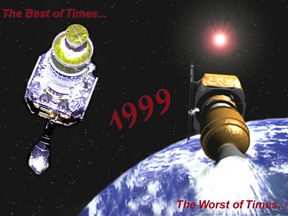
It was another exciting and frustrating year for the space science program. It seemed that every step forward led to one backwards. Either way, NASA led the way to a great century of discovery. Unfortunately,
...more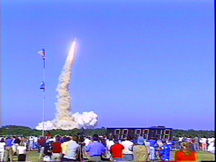
The Space Shuttle Discovery lifted off from Kennedy Space Center on October 29th at 2:19 p.m. EST. The weather was great as Discovery took 8 1/2 minutes to reach orbit. This was the United States' 123rd
...more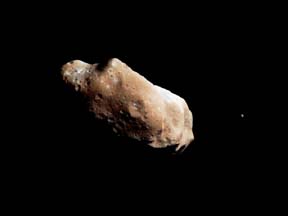
A moon was discovered orbiting the asteroid, Eugenia. This is only the second time in history that a satellite has been seen circling an asteroid. A special mirror allowed scientists to find the moon
...more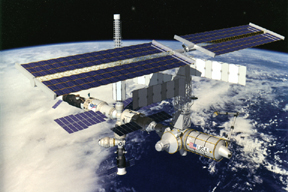
Will Russia ever put the service module for the International Space Station in space? NASA officials want an answer from the Russian government. The necessary service module is currently waiting to be
...more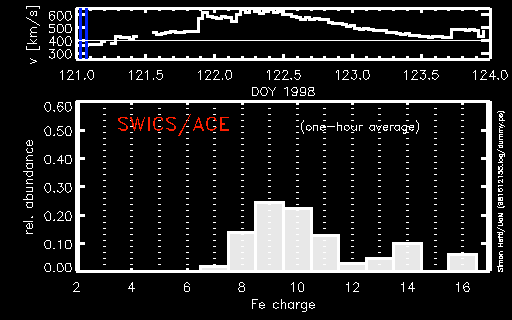
A coronal mass ejection (CME) happened on the Sun early last month. The material that was thrown out from this explosion passed the ACE spacecraft. The SWICS instrument on ACE has produced a new and very
...more
J.S. Maini of the Canadian Forest Service called forests the "heart and lungs of the world." This is because forests filter air and water pollution, absorb carbon dioxide, release oxygen, and maintain
...more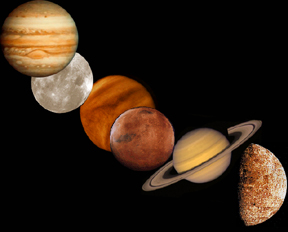
In late April through mid-May 2002, all five naked-eye planets are visible at the same time in the night sky! This is includes Mercury which is generally very hard to see. You won't want to miss this!
...more
